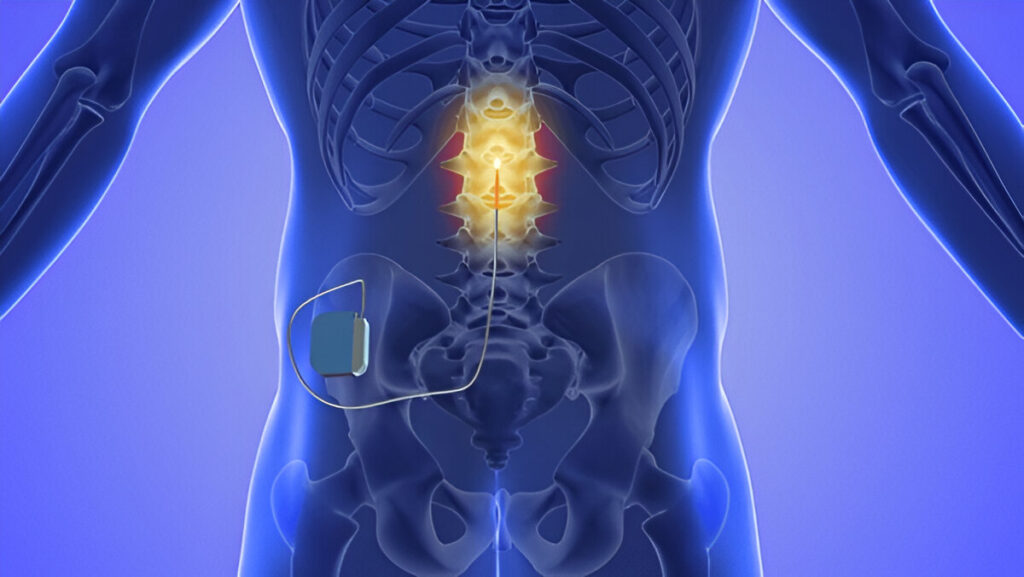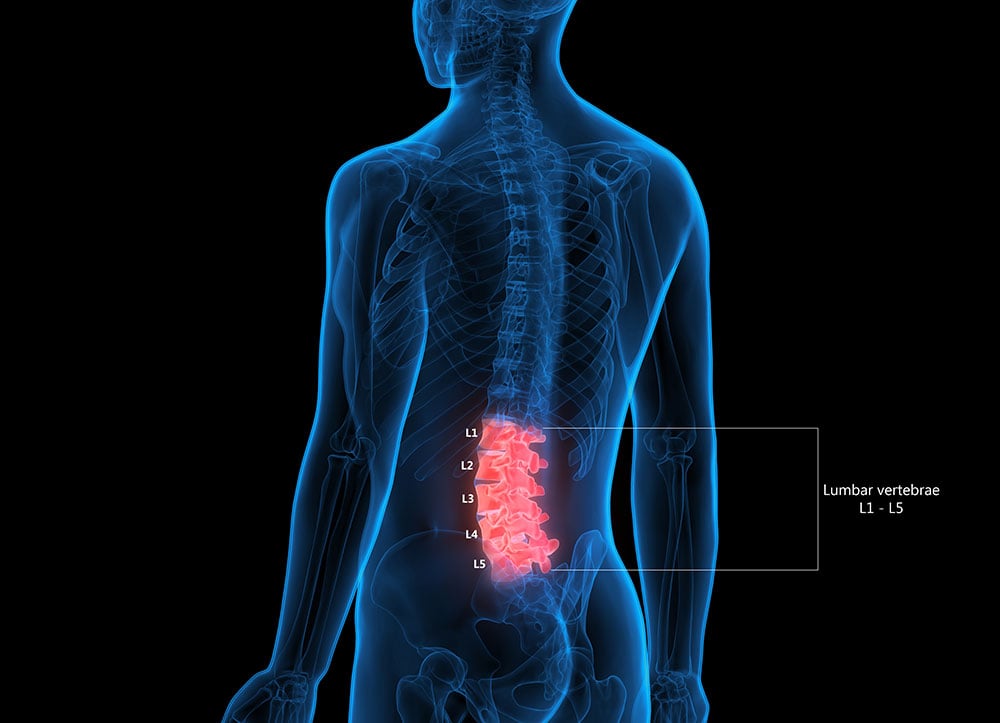Interventional Pain Procedures
What is Interventional Pain Management?
Interventional pain management involves the use of minimally invasive procedures to diagnose and address pain conditions accurately. Unlike traditional approaches that rely heavily on medication, these procedures specifically target the nerves or tissues responsible for pain. The primary objective is to achieve effective pain reduction while minimizing side effects and improving patient function. Many of these interventions are performed under imaging guidance, such as fluoroscopy or ultrasound, to ensure precise delivery. This approach is particularly beneficial for patients with chronic pain who have not experienced adequate relief through conventional treatments.
These procedures serve both diagnostic and therapeutic purposes. Diagnostic injections assist in identifying the precise source of pain, while targeted nerve blocks and injections help interrupt pain signals to provide relief. Interventional pain management is frequently utilized in cases of back pain, joint disorders, neuropathic pain, and chronic headaches. It offers a less invasive alternative to surgery, allowing patients to manage pain effectively and enhance their quality of life. The ultimate goal is to restore function and improve overall well-being.
What to Expect
During interventional pain procedures, patients undergo a thorough evaluation, including a review of medical history and diagnostic imaging. The methods are typically performed under local anesthesia with imaging guidance to ensure accuracy. Most individuals experience minimal discomfort and are discharged the same day with post-procedure instructions.
If you are dealing with ongoing pain, our team is here to help with interventional procedures. We provide accurate evaluation and effective options to manage your condition. Contact us to schedule an appointment or learn more.
Book an Appointment!
How It Work?
Clear Process, Better Outcomes
We begin with a detailed review of your medical history and current symptoms. This helps us understand the source and nature of your pain.
Advanced imaging and diagnostic injections are used to pinpoint the exact cause of pain. This allows us to plan the most suitable procedure.
The selected procedure is performed with care and precision. Follow-up visits ensure your recovery is progressing and adjustments are made if needed.
Spinal Cord Stimulation Trial
A spinal cord stimulation trial is a temporary procedure used to test if electrical impulses can reduce pain before placing a permanent device. It helps determine if long-term stimulation will be effective for managing chronic pain.

How It Works:
- Thin wires are placed near the spinal cord by using a needle
- A small device sends electrical pulses to the spinal nerves
- An external handheld device controls the system
- Pain signals are interrupted before reaching the brain
Symptoms:
- Burning sensation
- Sharp shooting pain
- Nerve numbness
- Movement discomfort
Radio Frequency Ablation
Radio Frequency Ablation is a minimally invasive procedure that uses heat to target and block pain signals from specific nerves. It is commonly used for chronic back, neck, and joint pain.

How It works?
- A needle is inserted near the affected nerve
- Imaging is used to guide placement
- A small electric current is passed through the needle
- The nerve tissue is heated to disrupt pain signals
- The area is monitored for a short period before discharge
Symptoms
- Persistent pain
- Movement discomfort
- Restless sensation
- Daily limitation
Medial Branch Block
A medial branch block is a minimally invasive procedure that targets nerves causing pain in the spine. It helps diagnose and reduce pain in the facet joints of the spine.

How It works?
- Local anesthetic is injected near the medial branch nerves.
- The injection blocks pain signals from the affected facet joints.
- Imaging guidance ensures precise placement of the needle.
- The effect helps determine if the medial branches are the pain source.
- Pain relief from the block guides further treatment options.
Symptoms
- Persistent neck or back pain
- Pain worsened by twisting or bending movements.
- Stiffness or limited range of motion in the spine.
Genicular Nerve Block
A genicular nerve block is a minimally invasive procedure that targets nerves around the knee to reduce pain. It is commonly used for knee pain caused by arthritis or injury.

How It works?
- Nerves that send pain signals from the knee are temporarily blocked
- The procedure is guided by imaging for accuracy
- Pain relief can be immediate and last for several weeks
- Helps determine if further nerve treatments may be effective
Genicular Artery Embolization
Genicular Artery Embolization is a minimally invasive procedure that reduces blood flow to the inflamed arteries around the knee to relieve pain. It is often used to manage knee pain caused by osteoarthritis or other chronic conditions.

How It works?
- A small catheter is inserted into the artery supplying blood to the knee.
- Imaging guidance is used to locate the targeted genicular arteries.
- Tiny particles are injected to block abnormal blood flow.
- The reduced blood flow decreases inflammation and pain.
- The procedure is done under local anesthesia.
- Recovery time is generally short with minimal discomfort.
Symptoms
- Persistent pain
- Knee swelling
- Limited motion
Epidural Steroid Injection
An epidural steroid injection delivers medication directly into the space around the spinal nerves to reduce inflammation and relieve pain. It is commonly used to manage back and leg pain caused by nerve irritation.

How It works?
- Steroids reduce inflammation around irritated nerves
- Local anesthetics may provide immediate pain relief
- The injection targets the root cause of nerve pain
- Imaging guidance ensures precise placement
- Effects can last from weeks to months
Symptoms
- Radiating pain
- Numbness tingling
- Muscle weakness
Botox (Chronic Migraine, Cervical Dystonia)
Botox is an FDA-approved treatment that helps reduce the frequency and severity of chronic migraines and eases muscle contractions in cervical dystonia. It works by relaxing overactive muscles and blocking pain signals.

How It works?
- Blocks nerve signals that cause muscle contractions.
- Relaxes specific muscles involved in pain or spasms.
- Reduces muscle stiffness and abnormal movements.
- Interrupts pain pathways linked to migraines.
- Provides gradual relief over multiple sessions.
- Helps improve range of motion and comfort.
Symptoms
- Headache frequency
- Muscle spasms
- Neck stiffness
Why Choose Us?
Our team includes skilled doctors with extensive training in pain management and neurology. They use proven techniques to diagnose and treat complex pain conditions. This expertise ensures you receive the highest level of care.
We offer the latest minimally invasive pain management procedures using precise imaging technology. These methods reduce recovery time and improve treatment accuracy. Our focus is on effective pain relief with minimal discomfort.
We listen carefully to your concerns and work closely with you throughout the treatment process. Our goal is to address your specific pain and help improve your quality of life. You receive clear information and ongoing support.
Our center combines multiple pain management techniques to address each patient’s unique condition. We evaluate all aspects of your pain to create the best possible plan. This thorough approach leads to better outcomes and lasting relief.
Take the First Step Toward a Pain-free Life
Contact us today to discuss your pain and explore personalized interventional options. Our team is ready to help you regain control and live fully.
Testimonial
Hear What Our Patients Say



